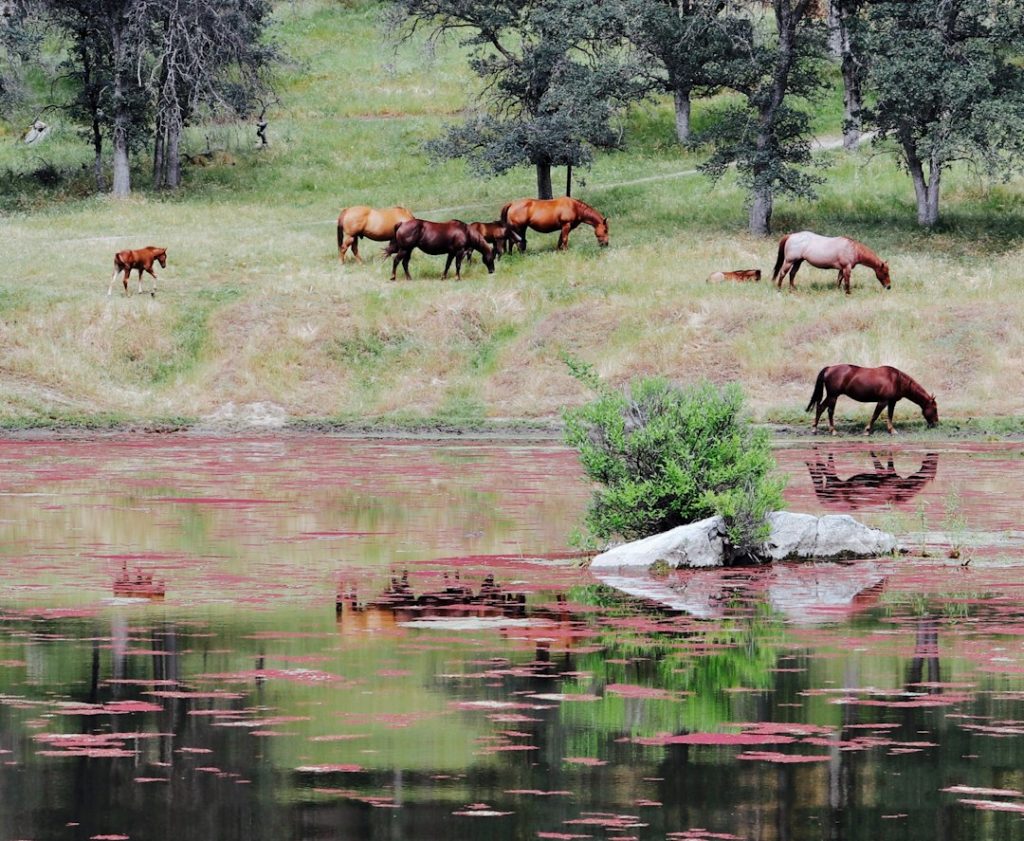Discovering the Fascinating World of Xenarthra: The Slow-Moving Sloths, Armoured Armadillos and Unique True Anteaters
Xenarthra is a diverse group of mammals that includes sloths, armadillos, and anteaters. The name “Xenarthra” comes from the Greek words “xenos” meaning strange or different, and “arthron” meaning joint. This name reflects the unique skeletal structure found in these animals, particularly in their vertebrae and pelvic bones. Within the Xenarthra group, there are several […]








